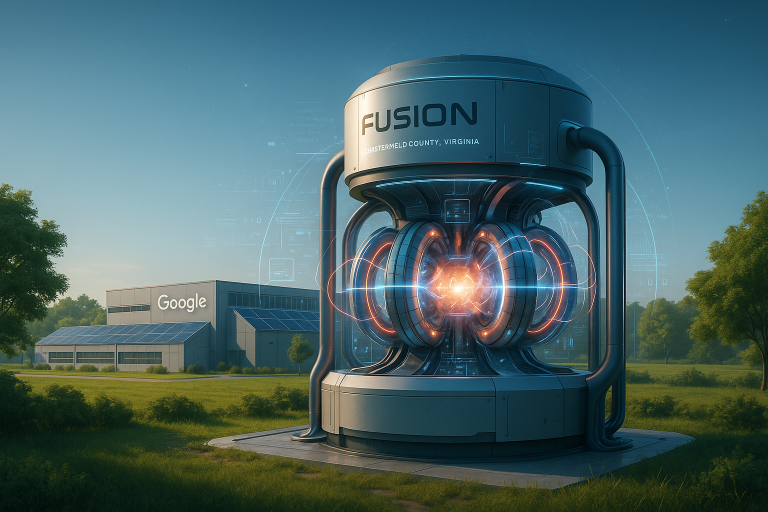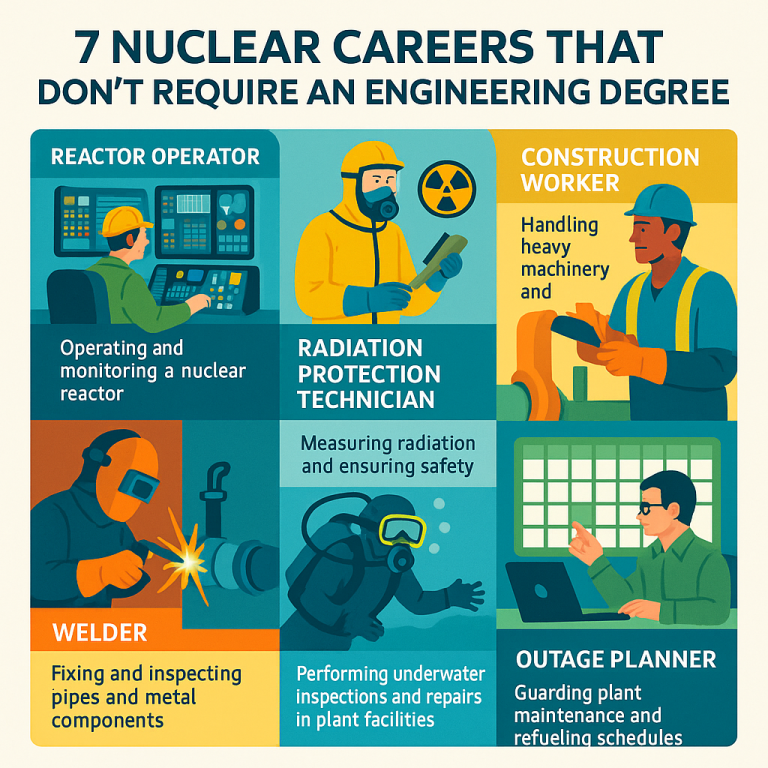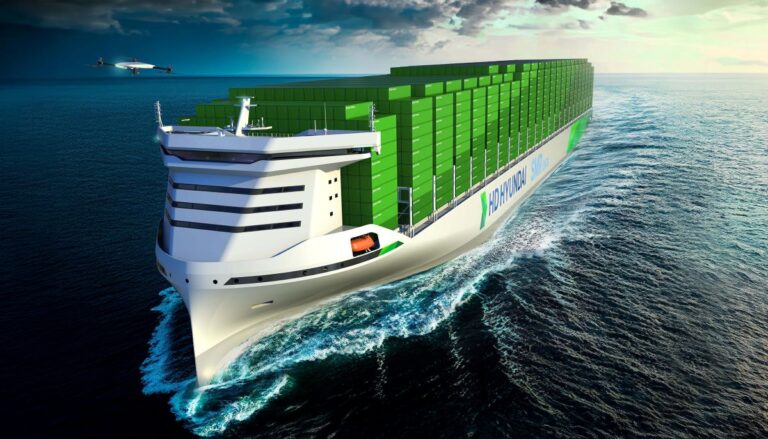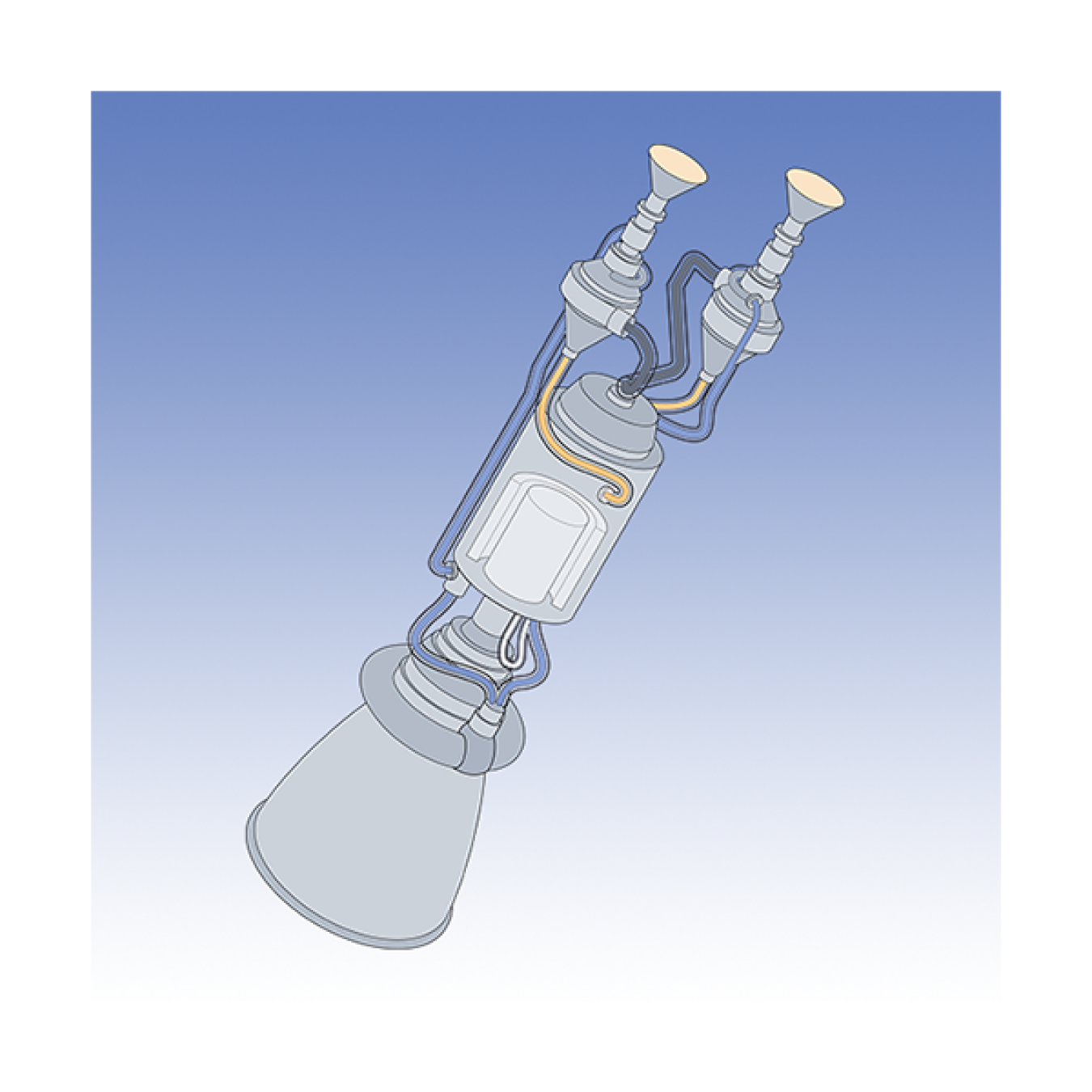Navigating New Waters: The Liberty Program and the Future of Floating Nuclear Power in the US
A groundbreaking initiative in maritime nuclear technology is on the horizon. Core Power, a leader in the field, has unveiled the Liberty program—an ambitious plan to introduce the world’s largest floating nuclear power plant featuring advanced molten salt reactors. Set to anchor in the US by the mid-2030s, the program promises not only to revolutionize how clean energy is generated offshore but also to reshape the civil nuclear framework for maritime applications.
The Promise of the Liberty Program
At the core of the Liberty program is the vision to harness floating nuclear power, a concept that could unlock a market estimated at $2.6 trillion dedicated to floating power solutions. CEO Mikal Bøe, during a keynote in Houston, Texas, outlined a strategy that leverages the established expertise of the US shipbuilding industry. By using shipyards for the construction of Floating Nuclear Power Plants (FNPPs), the program aims to streamline both timing and costs, making nuclear energy more accessible and adaptable to diverse maritime needs.
Maritime Innovation and Economic Prospects
The initiative proposes the mass production of FNPPs designed as power barges that can be deployed at ports, along coastal areas, or even stationed further out at sea. Each unit is projected to deliver approximately 175 GWh of clean electricity annually. This modular approach not only promises a flexible power solution but also taps into the economic benefits of revitalizing shipyard capabilities, potentially creating new jobs and fostering technological advancements in nuclear construction. Core Power’s phased roadmap, which begins with design and regulatory groundwork, then shifts focus toward supply chain development and workforce training, signals a long-term commitment to both innovation and economic growth.
Advancing Nuclear Technology: Molten Salt Reactors
One of the most compelling aspects of the Liberty program is its reliance on molten salt reactor technology—a significant departure from traditional nuclear reactors. Operating at near atmospheric pressures, these next-generation reactors offer enhanced safety and efficiency. Their design minimizes the need for extensive emergency exclusion zones, which could improve insurability and operational flexibility. Furthermore, the efficiency of molten salt reactors means that FNPPs and even nuclear-powered commercial vessels could potentially operate on a single fuel load for their entire lifespan, drastically reducing waste and boosting overall performance.
Safety, Regulation, and Global Collaboration
Despite the promising technological innovations, the introduction of floating nuclear plants naturally raises questions about safety and regulation. Core Power is proactive in this regard, planning to collaborate closely with both the International Maritime Organization and the International Atomic Energy Agency. Establishing global safety and security standards, alongside creating a liability convention for nuclear-powered vessels, will be critical. This collaborative approach aims to ensure that the Liberty program not only meets rigorous domestic standards but also adheres to international norms, fostering trust and transparency in maritime nuclear operations.
Challenges and Considerations
While the prospects are exciting, the Liberty program is not without its challenges. Developing a robust licensing and regulatory framework is essential to address public concerns and ensure the safe deployment of FNPPs. The phased approach, set to begin accepting orders by 2028, will require careful coordination between technological innovation, regulatory bodies, and the private sector. Additionally, integrating advanced nuclear technology into maritime settings necessitates a skilled workforce and a resilient supply chain—a goal that Core Power acknowledges by emphasizing workforce development and centralized management of commissioning, maintenance, refueling, and waste management.
Critics caution that any misstep in safety protocols or regulatory oversight could have significant repercussions, not only for the environment but also for public perception of nuclear technology. As such, balancing innovation with stringent safety measures will be the key to the program’s long-term success.
Conclusion
The Liberty program represents a bold stride into the future of clean energy, merging the realms of maritime innovation and nuclear technology. By harnessing the potential of molten salt reactors and leveraging the capabilities of the US shipbuilding industry, the program could redefine how and where nuclear power is generated. Yet, as with any transformative initiative, it must navigate a complex landscape of regulatory challenges and public scrutiny. The success of the Liberty program will depend on a balanced approach—one that rigorously upholds safety and security standards while fostering economic growth and technological innovation. As the project advances, it could well serve as a model for integrating advanced nuclear power into the global maritime framework, paving the way for a new era of sustainable and resilient energy solutions.







